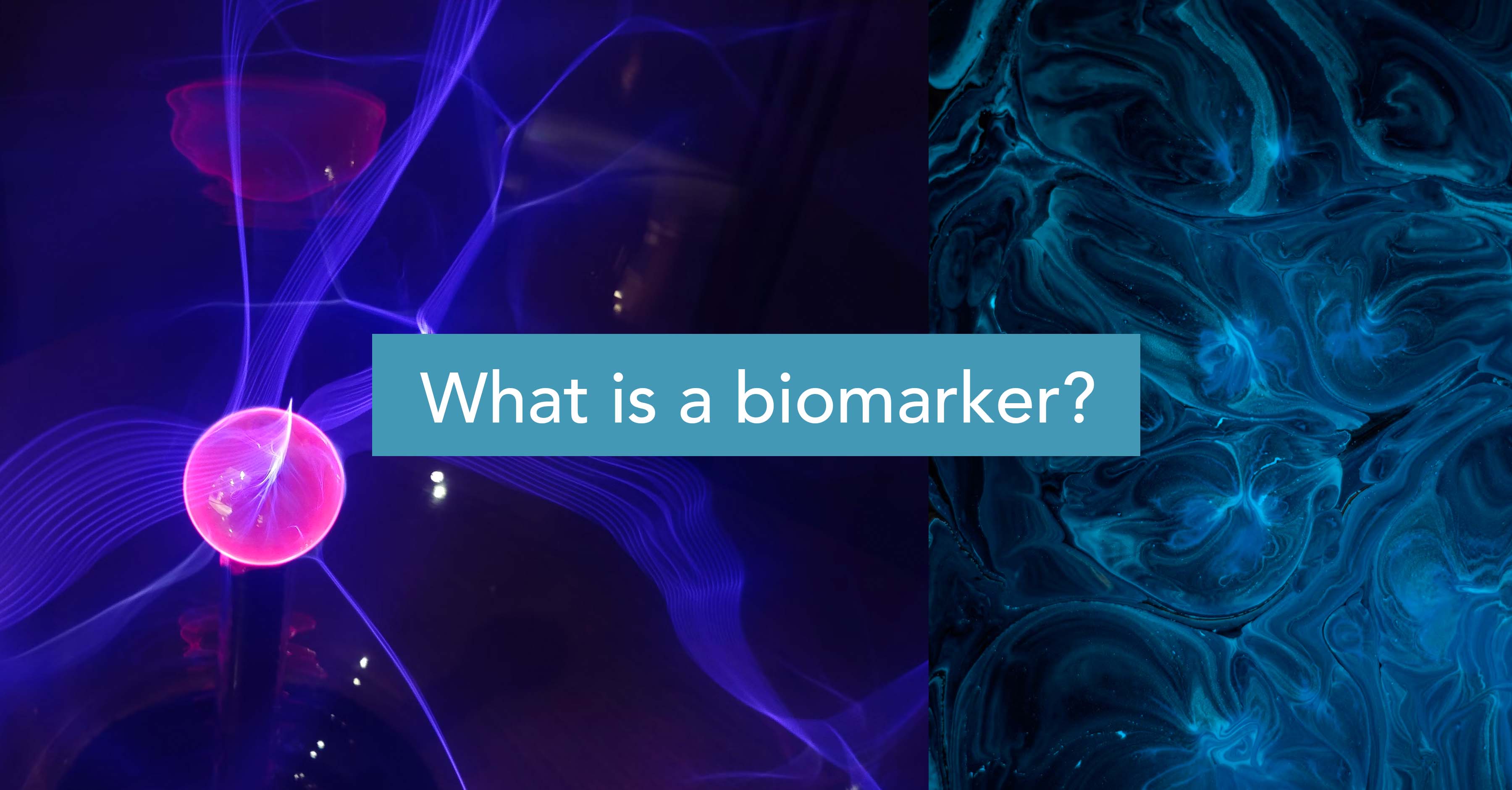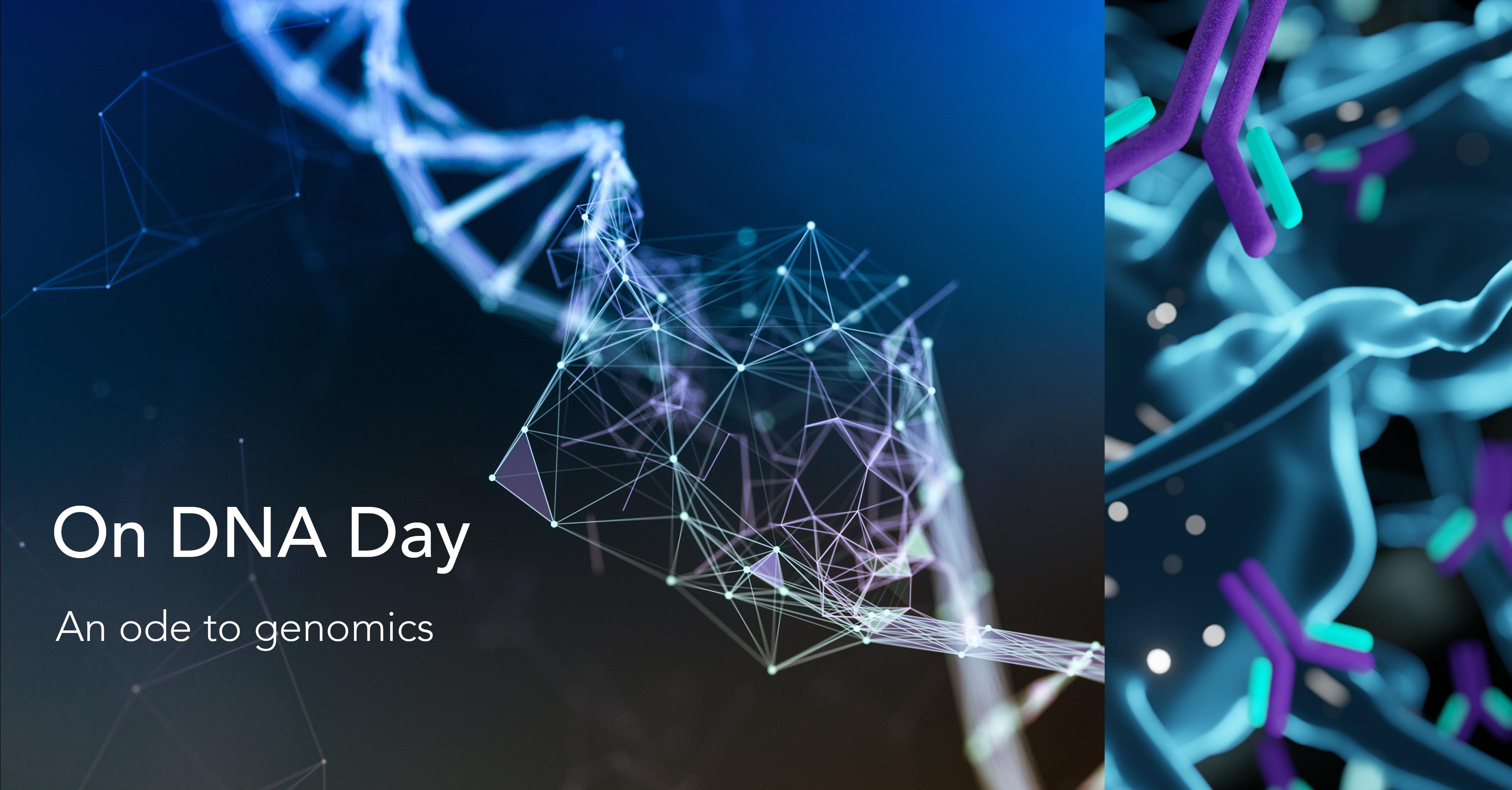What is a biomarker?

A biomarker, or biological marker, broadly refers to a range of objectively, accurately, and reproducibly measurable medical signs. These signs indicate the medical state of a patient in terms of the presence/progress, or the effect of treatment on a particular disease. A simple example of a biomarker is blood pressure, the most relied upon medical sign for the diagnosis and treatment of hypertension in clinical practice.
In terms of a more formal definition, the European Medicines Agency (EMA) defines biomarkers as any biological molecule found in body fluids or tissues that can be used to follow body processes and diseases in humans and animals. The Biomarkers, EndpointS, and other Tools (BEST) glossary from the Food and Drug Administration and National Institutes of Health (FDA-NIH) Biomarker Working Group defines them as a characteristic that is measured as an indicator of normal biological processes, pathogenic processes, or biological responses to an exposure or intervention, including therapeutic interventions.
In recent years, biomarker research has helped open new perspectives on the molecular dynamics of complex diseases. As a result, biomarkers are now used widely in healthcare settings as well as in different phases across the drug discovery and development pipeline.
The use of biomarkers during drug development has increased significantly over the years. According to one study, well over half of all FDA/EMA approvals between 2015 and 2019 were supported by biomarker data during at least one of the development stages. In 2020. more than 33,000 clinical trials, including around 4000 Phase 3 and 4 trials, registered with the ClinicalTrials.gov database involved biomarkers.
The evolution toward multi-component biomarkers
The BEST glossary defines seven categories of biomarkers with the possibility for a biomarker to have characteristics associated with different categories.
Susceptibility/risk biomarkers are linked to the likelihood of individuals to develop a disease or medical condition that they do not yet have. These biomarkers enable the detection of medical conditions years before the appearance of clinical signs and symptoms though they do not describe a relationship to any specific treatment.
Prognostic biomarkers help identify the likelihood of a specific future clinical event, disease recurrence or progression in individuals who have already been diagnosed with a disease or medical condition. Since these biomarkers are measured at a defined baseline that may be associated with specific treatments.
Diagnostic biomarkers are used to detect or confirm a disease or condition of interest in individuals or to identify individuals with a subtype of the disease. Biomarkers that enable the diagnosis of disease subtypes can often play a critical role as prognostic and predictive biomarkers.
Predictive biomarkers identify individuals based on the likelihood of their response, favourable or unfavourable, to exposure to a particular medical product or environmental agent. These biomarkers apply to a wide variety of interventions in a clinical trial setting and in informing patient care decisions.
Monitoring biomarkers are those that are assessed repeatedly over time and are used to evaluate specific characteristics of disease progression and response of a disease or condition to treatment.
Response biomarkers identify the biological response in individuals exposed to a medical product or an environmental agent. Pharmacodynamic biomarkers belong to this category and measure the response, including the potential for harm, to establish proof-of-concept, assist in dose selection, etc.
Safety biomarkers are measured before or after exposure to a medical product or an environmental agent to indicate the likelihood, presence, or extent of toxicity as an adverse drug or exposure effect. These biomarkers can also be used to identify patients at risk from specific therapies.
As the scene of biomarkers evolves, new categories are being added to these fundamental seven types.
Companion Diagnostics (CDx) is the development of predictive biomarkers in conjunction with novel therapeutics. The FDA’s concurrent approval of trastuzumab and the HER2 immunohistochemical (IHC) assay through a coordinated procedure launched this new drug-diagnostic co-development model. Companion diagnostics subdivide patients based on molecular biomarkers, which can then be used to drive decision-making on patient selection for drug trials and identification of clinically effective drugs for personalised treatments.
Another new category of note is digital biomarkers, defined as ‘characteristics, collected from digital health technologies, that are measured as an indicator of normal biological processes, pathogenic processes, or responses to an exposure or intervention, including therapeutic interventions. Digital biomarkers open up new possibilities for the remote and continuous assessment of patients and preclinical subjects, even in non-clinical settings through clinical trials or disease progression.
However, as biomarker research evolves, the use of multi-component biomarkers continues to expand. Earlier this year, the FDA convened a Public Meeting to identify concepts and terminology for further development and use of multi-component biomarkers. As per the agency, multi-component or multi-variate biomarkers could comprise multiple components of the same type or of different types based on independent measurements. These measurements could be used independently and/or in combination as a characteristic that indicates normal biological processes, pathogenic processes, or responses to an exposure or intervention, including therapeutic interventions and environmental exposures.
At the same time, there is also ongoing research aimed at developing a multi-dimensional, evidence-based approach to biomarker-drug classification. The argument is that the usefulness of a biomarker for drug development has to be assessed across two dimensions: one, to determine the biological plausibility of a biomarker acting directly on the drug target and two, to establish its precision in predicting the clinical outcome in drug efficacy or safety.
Biomarkers in drug development
Research shows that the use of biomarkers for patient stratification improves the probability of success (POS) of clinical trials across all phases, most significantly in Phases 1 and 2. The overall POS of trials that used biomarkers was almost double that of non-biomarker trials.
However, clinical trials are just one phase in the development cycle. Even within drug development pipelines that incorporate biomarkers, less than 10% use them across all stages of development. And oncology still leads other therapeutic areas in the effective adoption of biomarkers. Moreover, the resource intensity of biomarker research means most studies are linked to specific drug development programmes.
Biomarker-driven drug development has the potential to enhance the efficiency and productivity of drug discovery and development while simultaneously reducing time and cost. Increasing the availability of public biomarker data while accelerating the scope of individual programmes will be key to realising the full potential of biomarker-driven drug development.
Subscribe to our Blog and get new articles right after publication into your inbox.
Subscribe to our blog:






